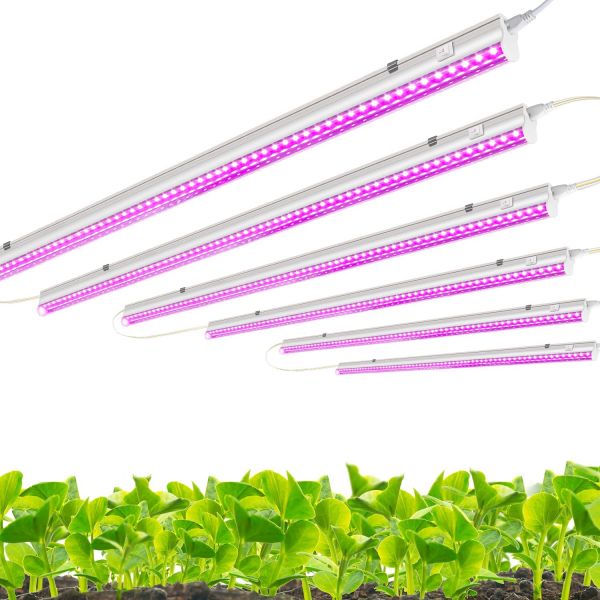
Light is central to plant growth, and it influences a variety of physiological processes such as photosynthesis, flowering and fruiting. In indoor gardening and horticulture therefore, it is important to understand the significance of light spectrum so that the health and productivity of plants can be maximized. This article explores how light spectrum can determine plant growth through different wavelengths.
Photosynthesis and Light Absorption
For survival and growth, plants need photosynthesis which involves conversion of light energy into chemical energy. Chlorophyll is the pigment which captures light energy where absorption occurs around certain wavelengths in blue and red parts of the spectrum. Red light (wavelengths around 620-700 nm) is essential for photosynthesis which drives vegetative growth whereas blue light (wavelengths around 400-500 nm) triggers chlorophyll production affecting many aspects including leaf development or stem elongation.

Flowering and Fruit Development
Besides photosynthesis, light spectrum also affects control mechanisms for flowering and fruiting stages. Some species have been found to undergo far-red dependent flowering and fruiting due to altered expression of genes involved in this process when exposed to far-red light (wavelengths about 700-800 nm). Manipulating the flowering cycle in terms of red: far-red-light ratios allows for controlled timing based on desirable attributes hence high yields under indoor growing conditions.
Tailoring LED grow lights for Plant Needs
Nothing matches the flexibility as well as control achieved with LED grow lights when it comes to customizing illumination depending on specific demands by crops being grown. By selecting LEDs that emit precise wavelengths in red, blue, or far-red ranges, growers can develop customized lighting recipes that enhance optimal growth/flowering/fruit set cycles. For instance higher amounts of blue-light may encourage vegetative stage while increased red/far-red ratios would be beneficial during flower formation/fruition.
In summary, light spectrum has a critical role in growth and development of plants which includes processes like photosynthesis, flowering and fruiting. Growers can design plant specific lighting environments with the aid of LED grow lights by knowing about the importance of different wavelengths of light to plants. LED technology provides flexible ways that can be used to meet various requirements for indoor gardening and horticulture including promoting vegetative growth phase, flowering induction or fruit development improvements.